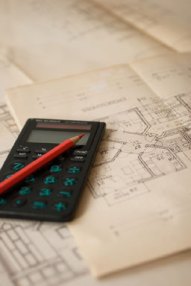The idea of log homes in the Philippines would at first thought seem unthinkable due to the general climate of the country. But for the areas which have been historically considered as “summer capitals” the said architecture is acceptable.
Log homes for the most part intensifies the experience of nature. The log home is part of that image, the dream hideaway from the stresses of the urban life.
Log homes became known in the Philippines due to two developments – Tagaytay Highlands and Camp John Hay. Log houses here would range from $600,000 to $800,000. And these have sold out, and other developments are following their model.
DecoHomes builds log homes on the lots of clients. No need to wait for another development. Using similar specifications and the lessons learned in building many log homes.
About the Wood
Log homes are all about wood. It is the primary ingredient and the absence of it would defeat the experience. Locally, two species can be used in log homes: Benguet Pine and Mindoro Pine, but these are not allowed for harvesting. Looking overseas, there are several species: Yellow Cedar, Western Redcedar, Spruce, Douglas Fir, etc.
The availability of Yellow Cedar is very low making it the most expensive. The following is the order of the abovementioned wood species according to cost: Western Redcedar, Douglas Fir, Spruce.
W estern Redcedar is specified for Log Homes by DecoHomes. The characteristics of this wood species are as follows:
- Natural oils in the wood act as preservative preventing decay and inhibiting insects
- Resists splitting due to high dimensional stability
- Handles moisture very well thus being used in saunas
- Exceptional acoustic properties
- Exceptional insulation properties
- Naturally aromatic
- Undisputed beauty
- Accepts finishes readily
DecoHomes uses a half log construction system thus reducing the maintenance needed in a full log construction. No more adjustments due to wood shrinkage and no more fear of water penetration when it rains. Half log construction also allows for flexibility in the interiors where logs can be used only where needed.
Allow us to customize for you your very own log home. Call DecoHomes today at 6317995 and 6319725.

